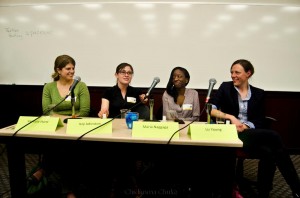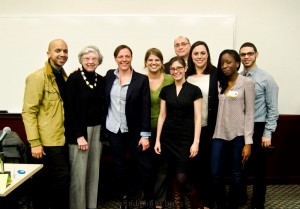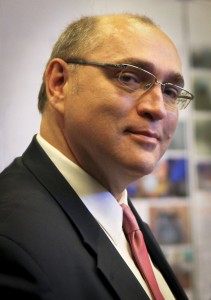 Welcome to the Seidenberg School of Computer Science and Information Systems Web pages!
Welcome to the Seidenberg School of Computer Science and Information Systems Web pages!
Last August, I became Dean of this school, one of the first schools of Computer Science and Information Systems in the country. Since then, several developments have occurred that highlight the truly unique nature of this school and this university.
USNews conducted a detailed survey of online degree programs in the US, and placed us 1st out of 237 schools surveyed in the latest poll from the U.S News and World Report on Online Bachelor’s Degree programs. Pace’s online program, iPace and Nactel, scored a 70.2, over 5 points higher than the next school on the list. Universities were judged on a number of criteria including graduation rates, indebtedness of new graduates, and academic and career support services offered to students. Pace also placed #13 for Best Online Graduate Computer Information Technology Programs.
Further, the Bachelor of Science in Computer Science program went through a very rigorous accreditation review by ABET, the accrediting body for engineering and computing programs. The report of the evaluation committee is extremely positive. There were two program strengths highlighted: the internship program and the annual Student/Faculty Research Day. The committee did not find a single deficiency or weakness in the program, which is indeed a coveted honor in itself.
Mr. Ivan G Seidenberg, former Chairman and CEO of Verizon Corporation, recently delivered a very insightful guest lecture in the first MOOC course at Pace University. You can watch this lecture and other lectures in this course “International Technology Services in the Knowledge Economy” free of charge by visiting:
This course represents the new thrust to offer an innovative blended education that allows in-class students, online students, and others to benefit from personalized interaction with industry leaders and top educators.
We are expanding the cadre of Seidenberg Scholars to include graduate students for the first time. Plus, we are increasing the scholarship amounts to talented graduate and undergraduate students to unprecedented amounts. Finally, we are accepting students from around the world who possess 3-year or 4-year degrees in science, engineering, commerce, arts, and other subjects. So, please look at the variety of bachelors, masters, and doctoral options at this school and let your friends and acquaintances in distant lands know about this too!
Amar Gupta, BS, MS, PhD
Dean








